|
To say it’s been a tough couple of years for everyone would be an understatement. Despite the ongoing problems we’re facing with the combined challenges of a pandemic, war in Ukraine and the pressures we’re experiencing with supply chains and inflation in almost every corner of the globe, there are some lights on the horizon, if we actively search them out. This year, after the pandemic scuttled the scheduled 2021 edition of the Venice Biennale, it’s finally back after three years and some false starts. I have to say, having lived out the pandemic in Italy, a country which was amongst the first and hardest hit, I had really been looking forward to returning to the Biennale. If you’ve visited this blog in the past, you may have noted that the Biennale is my favourite event in Italy, and one of the few times where I feel my masters in art curatorship gets a workout. Returning to Venice after what has essentially been a period of plague got me thinking. Way back to when Venice was ravaged by another kind of plague, the black death, which left a permanent mark on the city that still plays out culturally during the annual Carnivale celebrations. The end of that plague basically ushered in a new era, artistically and technologically speaking, and returning to the Biennale this year, I was looking for cues in the work of the artists being shown, searching for ideas and responses to the way our daily lives have been so upended. This year I returned for what is probably now the fifth or sixth Biennale that I have visited. Over those previous visits I found that there were some sureties; national pavilions that rarely disappointed, others that always disappointed, and collective exhibitions that were hit and miss experiences. But as with everything else in this upside down world at the moment, this year’s edition was surprising. Countries that normally dazzle me left me cold; countries that I normally only visit briefly kept me enthralled; and underneath everything there was still the knowledge that overall, the experience of viewing and thinking about the world as seen through the eyes of the artists (and curators) left me feeling moved, inspired and recharged. 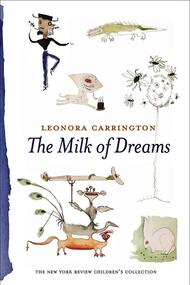 The Milk of Dreams started out as an artpiece on the walls of Carrington's home. The Milk of Dreams started out as an artpiece on the walls of Carrington's home. This year, the Biennale’s central exhibition was curated by Cecilia Alemani, who, tapped into the surrealist work of Leonora Carrington and her Leche del sueno children’s book (=The Milk of Dreams) to help define the overarching themes of the group exhibit. The central exhibit moves through three sections, or themes, all centring around the human experience (metamorphosis of the body, bodies and technologies and humans and the Earth). Along with the huge emphasis on female artists (who represent around 80% of all artists in the main exhibition), there were also a series of “time capsules” scattered across the group spaces. Each of these looked back on Surrealist or Futurist artists such as Carrington and Remedios Varo. Those time capsules largely look at the future through the lens of the past and make for an interesting contrast throughout the contemporary show. Especially because the ideas those Modernist areas were addressing, remain of interest to many artists today. This year I made a longer visit to Venice, giving myself the chance to enjoy some of the collateral events that take place around the city. If you haven’t been to the Biennale before, basically there are two main areas where the bulk of shows take place. The first is Giardini, which are a series of sprawling gardens where a few dozen of countries have established pavilions that cluster around one central exhibition space. The second area is known as Arsenale; it’s a watery, industrial space which was used to construct and maintain sea vessels. At Arsenale the bulk of what you see is based on the group shows; although another twenty or so countries have their own “pavilions” etched out in converted warehouse spaces. 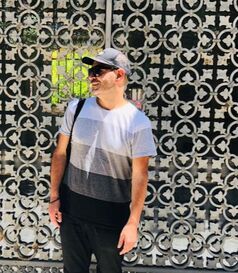 Enjoying a collateral event Enjoying a collateral event Usually when I visit the Biennale, I spend a full day visiting Giardini and then a second, full day visiting Arsenale (yes, that’s the scale of things, kids). But, in the upside down world of 2022, we shook things up this year. We visited Arsenale on day one, crawled around Venice on day two visiting the external (“collateral”) events, and finished up with a full day at Giardini. Honestly, I don’t know why I never took that approach to visiting in the past. It was so much more logical to focus on the mostly group exhibits on day one and slowly hone in on the “national” representations over the following days. And it was such a beautiful way of experiencing Venice, moving in and out of historical places that are hosting a lot of hit and miss exhibits. Just don’t rely too much on google maps. I’m not sure what’s up with that, but Venice’s bewitching way of getting you lost seems to have also carried over into the digital world. If you’re thinking of visiting, just remember that your tickets will allow you separate entry to both Giardini and Arsenale at any time before the end of the Biennale in November. So whether you plan on being hardcore and visiting both main spaces on the one weekend, or plan on visiting one space and having a beak for a couple of weeks, do yourself a favour and consider visiting Arsenale first this year. In the past, I used to assemble a list of the best of Giardini and the best of Arsenale, but, yep, with the theme of shaking things up, I’m going to focus instead on a series of individual posts based on the exhibits that I felt had the most to say, or that were the most striking or artistically inspiring exhibits across all the sites. As always, the opinions in the posts are just that; my opinions. And if you’ve got opinions of your own that you want to share, by all means do so via the comments, or, via twitter. Buona mostra!
0 Comments
Your comment will be posted after it is approved.
Leave a Reply. |
Dave
|
|
|
Dave Di Vito is a writer, teacher and former curator.He's also the author of the Vinyl Tiger series and Replace The Sky.
For information about upcoming writing projects subscribe to the mailing list. Dave hates SPAM so he won't trouble you with any of his own. He promises. |
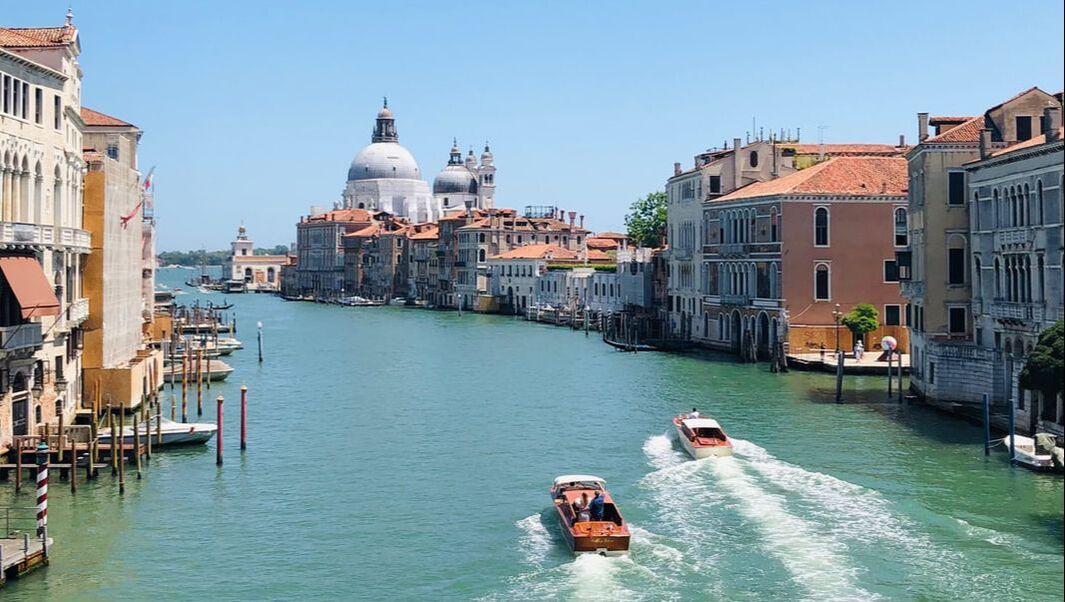
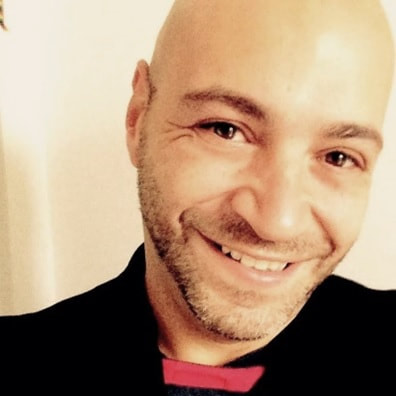
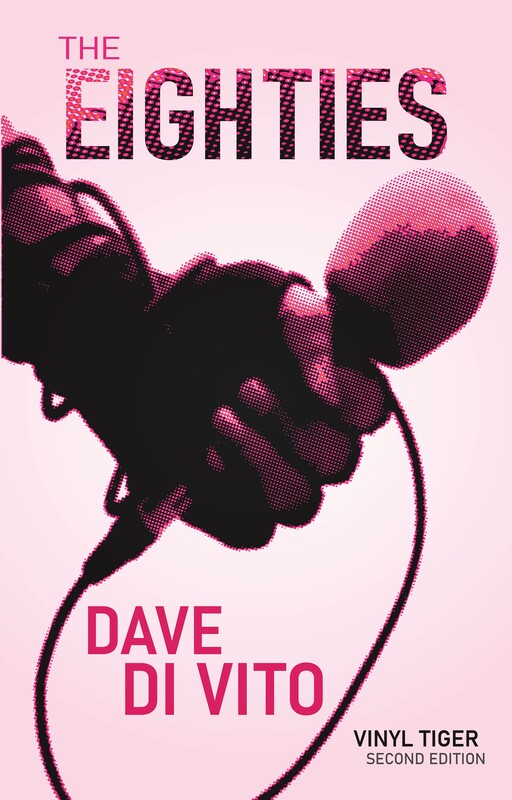
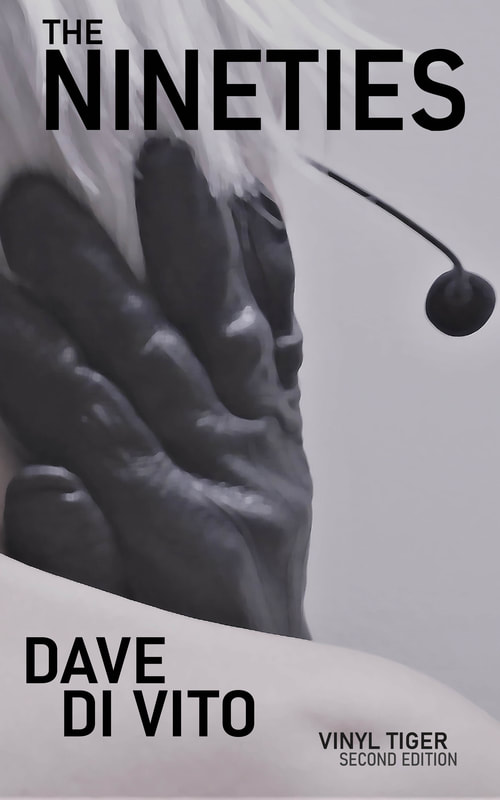
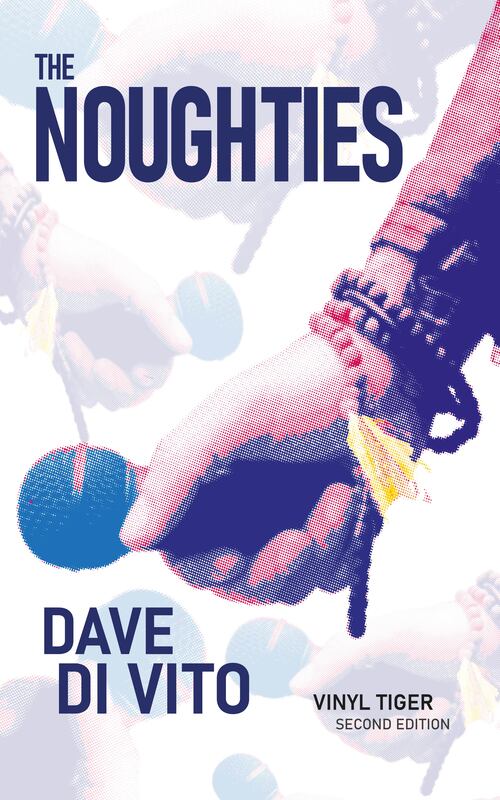
 RSS Feed
RSS Feed